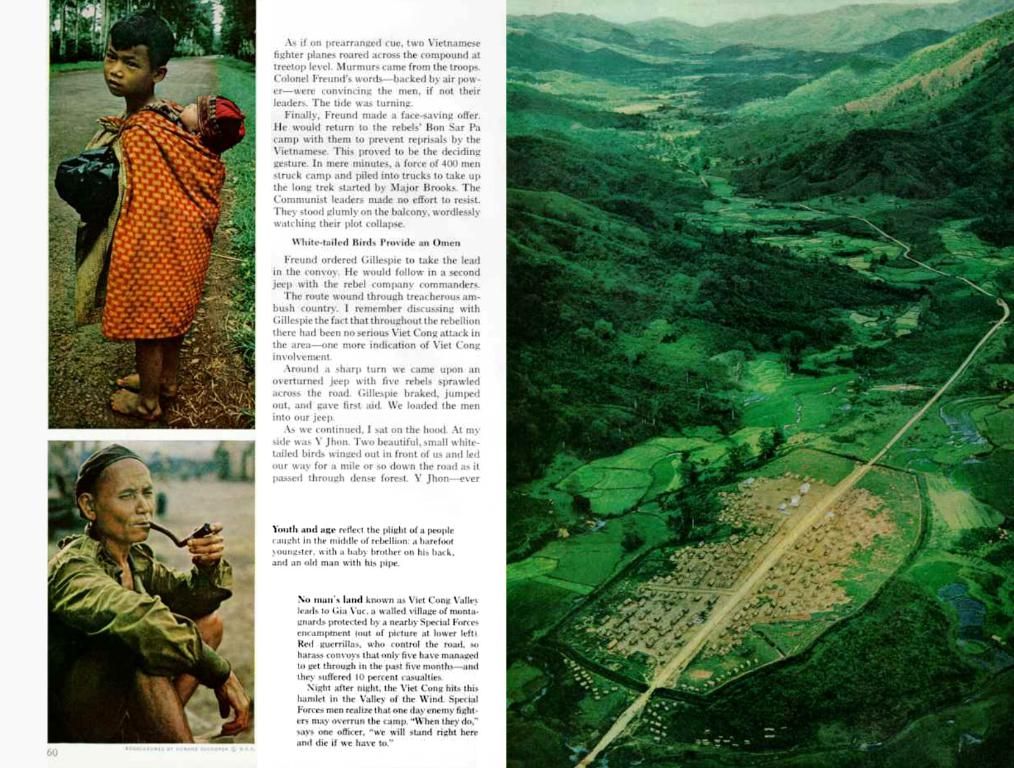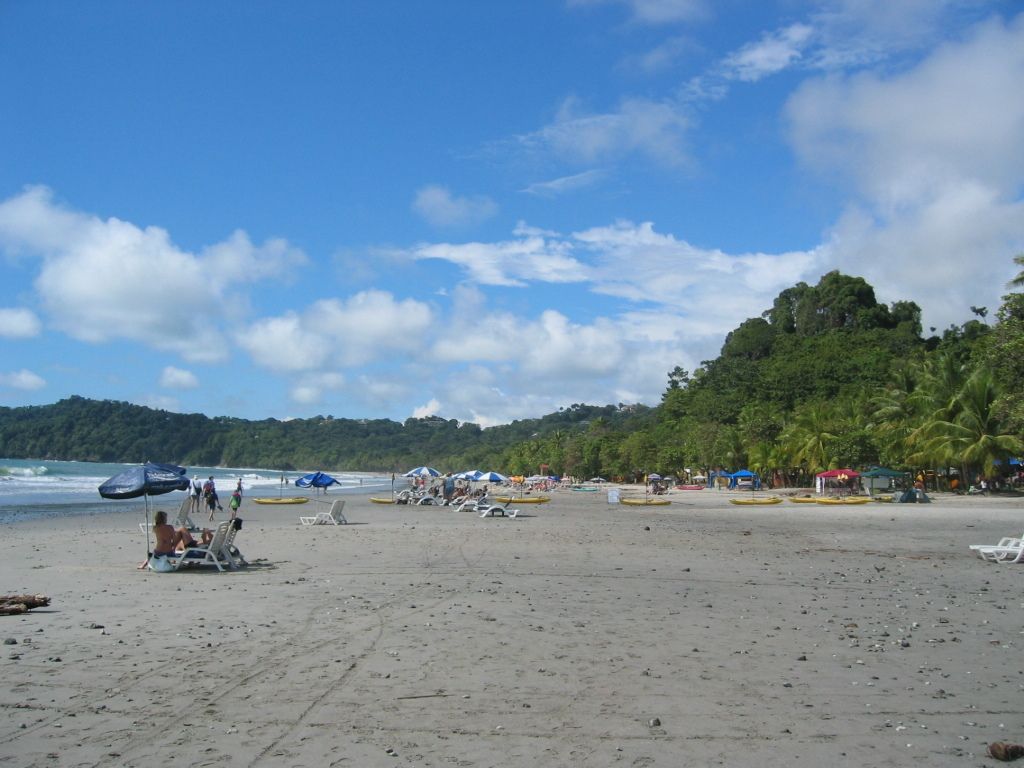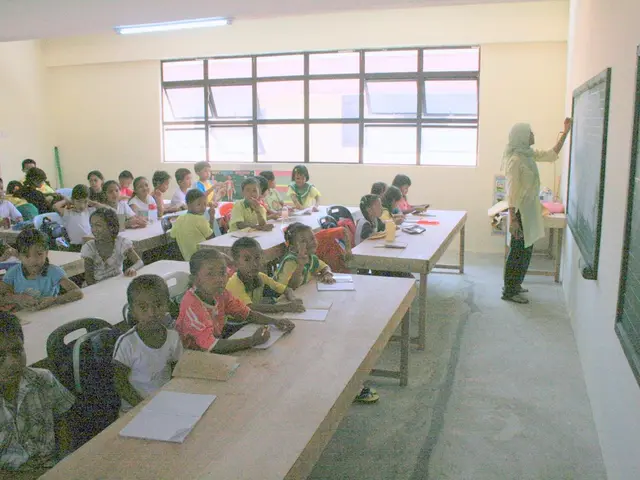- The Leadership of the Baltic Isle's Matriarchal Society
In the heart of Europe, nestled in the Baltic Sea, lies an enchanting island where time seems to stand still. Kihnu, off the coast of Estonia, is a unique place where traditions are deeply ingrained in daily life. This is particularly true for the women who preserve these customs, as seen in the documentary "A Year on Kihnu in Estonia," airing on Arte February 23 at 7:30 PM.
The isolation of the men, who are sailors, fishermen, or even seal hunters, leaves the women to carry on the island's traditional way of life. UNESCO recognized many of these practices as Intangible Cultural Heritage around two decades ago. The film "A Year on Kihnu in Estonia" by Julia Finkernagel offers a captivating glimpse into this world, where Mare, a mother of four and wife of Olavi, strives to balance the conflicting needs of tradition and tourism.
Mare, the documentary's central figure, is a farmer who rents out guest rooms to visitors while continuing to cultivate the traditional Kihnu way of life under the guidance of UNESCO. The residents of Kihnu, known for their friendliness but cautious demeanor towards outsiders, prefer to keep their culture close to their hearts. Mare, reflecting her community's sentiments, says, "Kihnu culture is my whole life. It's my mission."
The documentary chronicles the challenges that the women of Kihnu face in an increasingly modern world. Their simple, deeply rooted origins, symbolized by their striped woolen skirts, are a source of pride. These skirts, available in various colors, reflect the wearer's emotional state. For example, red, representing joy and contentment, is widely popular. On the other hand, blue-and-white stripes symbolize melancholy. Traditionalist Mare, who owns over 30 skirts, views these garments as valuable reminders of her heritage.
However, sustaining the balance between tradition and tourism is not without its challenges. On the one hand, tourism provides a steady income. On the other, there is a risk of commercializing traditional practices, potentially diluting their authenticity. To tackle this, efforts are being made to develop sustainable tourism practices that promote cultural preservation and benefit the community directly. In addition, local initiatives engage the community in tourism development, ensuring that traditional practices are maintained and passed down to future generations. Lastly, visitors are educated about the cultural significance of Kihnu, fostering appreciation and respect for the island's unique heritage.
This struggle between tradition and modernity is as palpable as the smell of freshly baked pastries in the Kihnu kitchen or the rhythm of local folk songs. But the women of Kihnu remain at the helm of their cultural preservation, dedicated to safeguarding the island's rich and diverse history. Their story, captured in "A Year on Kihnu in Estonia," serves as a testament to the resilience and enduring power of tradition in the face of change.
The European Union, acknowledging the importance of Kihnu's cultural heritage, has supported initiatives to promote sustainable tourism on the island. The Baltics, home to this unique community, has become a celebrated topic in international documentary films, with "A Year on Kihnu in Estonia" being broadcasted on Arte. Mare, a key figure in the film, embraces her role as a cultural ambassador while preserving the peculiarities of Kihnu's traditional way of life.








